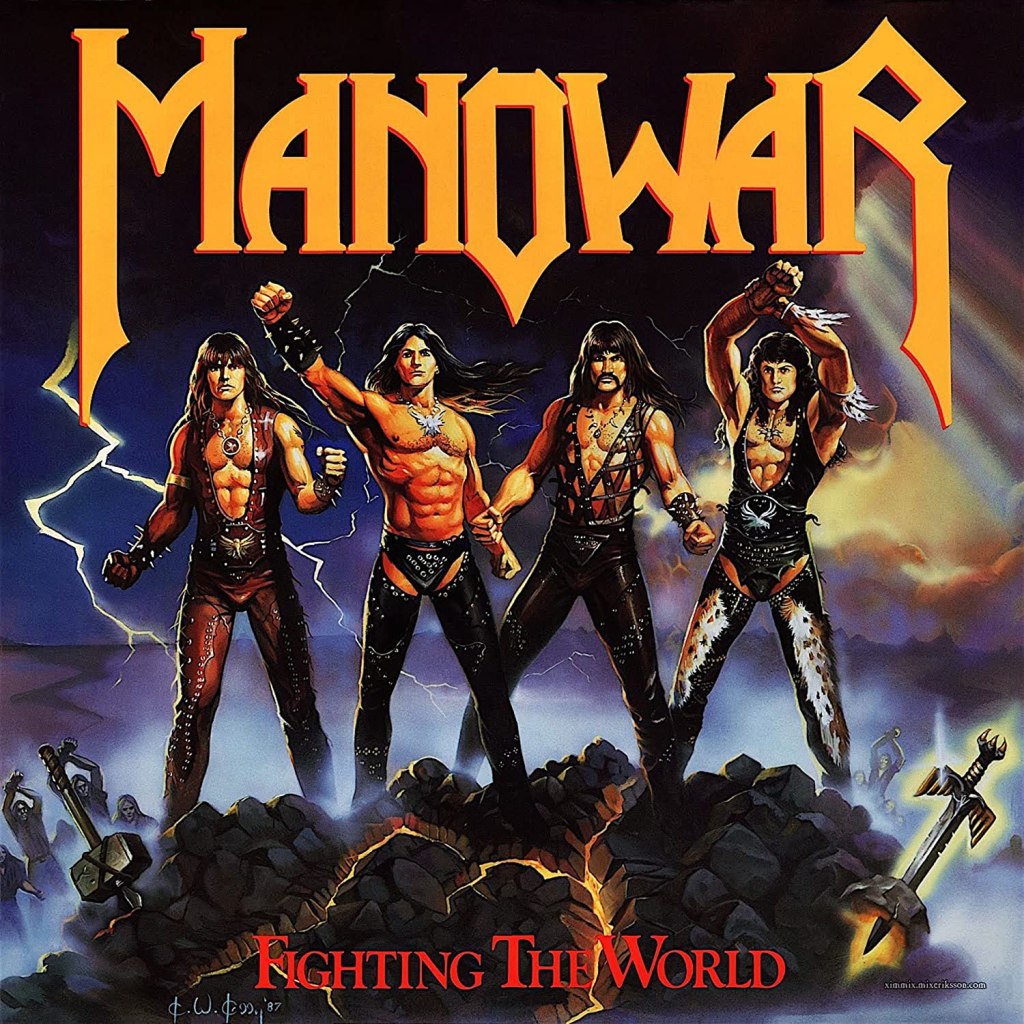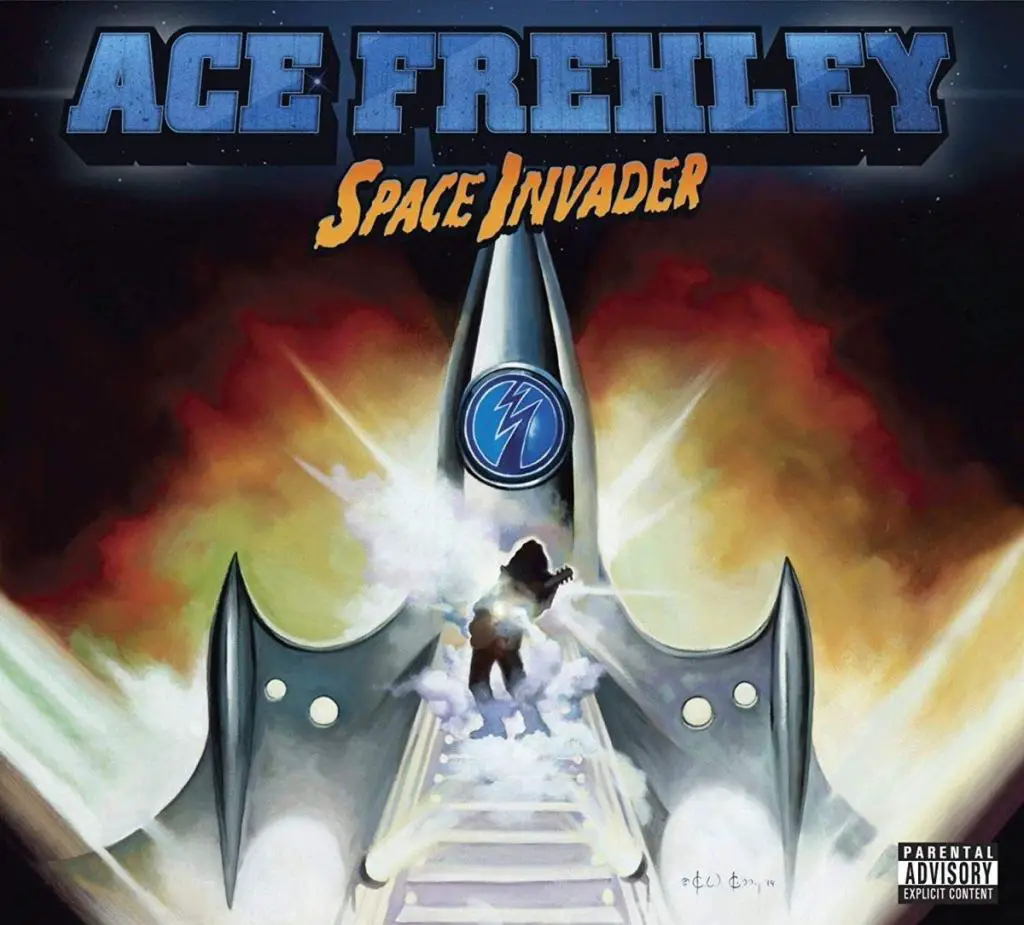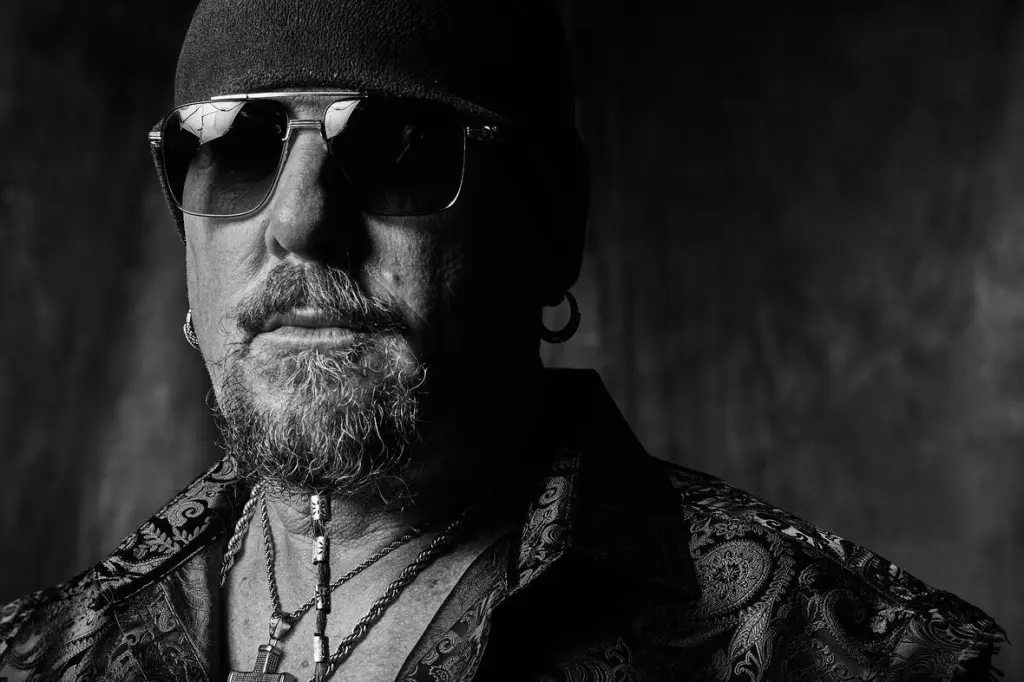Header image courtesy of Ken Kelly Facebook (official)

By Andrew Daly
andrew@vinylwriter.com

Acclaimed fantasy artist Ken Kelly has passed away at age 76. The news, which broke late Friday afternoon, was later confirmed by the artist’s close friend, and confidant, Danny Stanton, who is also the president and founder of Coallier Entertainment.
While Kelly’s official cause of death is still unknown, and this news is surely sad for fans of Kelly’s work both in and out of the rock music realm, surely, this is also a time to look back on some of the artist’s most iconic work.
Beginning with KISS’ 1976 album Destroyer, Ken Kelly’s star began to rise. The irony of it all is that Kelly was not actually KISS’ first choice, no, that would actually be Frank Frazetta, who was an upstart himself at the time in the world of fantasy art, and album covers. As fate would have it though, Franzetta and the KISS camp could not come to a financial agreement, and the band pivoted to the then-unknown Ken Kelly on a hunch.
Interestingly though, Kelly was related to Franzetta, and in a 2018 chat with Print Magazine, Kelly had this to say about the man who almost had the job which would come to define his career:
“Frank Frazetta has always been in my family through marriage. It was my need to make a dollar that turned me toward him because the only thing I had on earth was my talent as an artist. I didn’t know how much he would help me, but I knew he would give me some kind of direction, which he did.”

In that same interview, Kelly would go on to speak about how he obtained the KISS gig early on in his career, which previously was in publishing, with his own fantasy art only being a side gig at the time:
“I had always thought it was Gene Simmons, but Peter’s wife at the time actually said it was he who was reading Eerie and Creepy while Gene and Paul Stanley were reading Marvel comics. So I would say Peter Criss was fundamentally responsible for me ending up being the cover guy.”
On being asked to produce the Destroyer cover art in thirty days or less, Kelly went on to comment:
“Warren was publishing magazines every couple of weeks, so the turnaround for covers had to be very fast. You had to come up with a concept, paint it, deliver it, and then you were on to the next one. So when KISS came along, I was ready.”
Still, Casablanca Records, and the KISS camp rejected Kelly’s initial design, which had been painted in oil using photographic slides of the band for reference. To this end, in the same 2018 interview, Kelly quipped:
“They thought it was too violent. It was 1975, and they didn’t want to launch such a large project with such a negative cover. I thought my career was over. That was one of the heaviest blows I’ve ever received.”


As fate would have it, Kelly was given a shot at redemption, and the reworked version of Kelly’s Destroyer art still stands today as one of the most iconic album covers in the history of hard rock music. From there on, Kelly was solicited by Rainbow to produce the album artwork for 1976’s iconic proto-metal masterstroke, Rising.
In a 2016 interview with Metal Shock, Kelly recollected the collaborative approach applied to the Rising cover:
“I have to preface it with what happened before I came to Rainbow. Rainbow itself was a very simple cover to do but I don’t want to misrepresent that. It was a difficult cover, it was a unique cover, but I have to give Ritchie Blackmore the credit for it. He knew exactly what he wanted. So, when I came into his office and after we greeted each other and sat down and started talking about the cover, I believe it comes from one of the songs – the actual reaching of the hand out to the rainbow. I had just been completely overwhelmed with KISS and what I did for them, so I was very prepared when Rainbow called, and then I went into their office and they dictated the cover.
So I left the office with a complete painting in my head, I simply had to go home and use the disciplines that we’re taught as artists and do what Ritchie said and that’s what I did. I didn’t think about it much at the time, but it’s stayed alive for forty years, it’s amazing, it’s incredible and it was a masterpiece because that’s what Ritchie asked for. He still knows what he’s doing to this day and he did back then. I would love to say I created everything and it’s all mine, but that’s simply not true.”
The notoriety that followed the success of both Destroyer, and Rising, would prove to be a lynchpin sequence of events for the young artist, and in 1977, KISS came calling again, this time for their decade-defining bonecrusher, Love Gun.
In 2018, Kelly reflected back on his initial thoughts of KISS before the foursome set the world on fire, and made the decade of the 70s theirs:
“I honestly didn’t think they had a prayer. [Laughs]. I had just gotten out of the Marine Corps, and here were these guys in red lipstick, spandex, and high heels. That was not my wheelhouse at all. But after I saw them at a meet and greet in NYC, my might changed. After that, to me, they were–and are–larger than life. Seeing them in costume, I knew right there that no matter what these guys did, they were going places.”


While Kelly would go on to paint dozens of fantasy scenes in and out of rock music, including Conan the Barbarian and more, some of his most iconic scenes are attributed to his work with 80s power metal legends Manowar, beginning with 1987’s Fighting The World.
In his book, Escape, Kelly reminisced on his work with the over-the-top metal heroes saying:
“My work for Manowar has given me some of the largest challenges I’ve ever tackled and I’ve loved every minute of it, painting their covers for over a decade, something that just isn’t done in the music industry anymore. Loyalty like that is a sadly fading relic these days.”
In the modern-day, Kelly continued to impact and define the rock ‘n’ roll album cover aesthetic with myriads of cover art projects, some of the most notable being 2007’s No World For Tomorrow by Coheed and Cambria, and 2014’s Space Invader by Ace Frehley, further proving Kelly’s influence effectively transcends both time and space.


While the legendary, and iconic master of color and all things explosively epic will be missed, his art will live on through some of the most well-loved and recognizable imagery in all of rock and metal music, and for that, we can be thankful.
In 2017, in a chat with The Knoxville Mercury, Kelly had this to say about his enduring legacy:
“What I want to do is paint stuff that people like to look at. Any subject – fantasy, not-fantasy, toys, business products, whatever the hell it is, I’m going to try to make it look real good. I feel for these new groups and am very happy to help them move forward. I guess I just have a soft touch for musicians.”

For more rock and metal-related news, visit www.vwmusicrocks.com for all the latest and greatest.





Leave a Reply